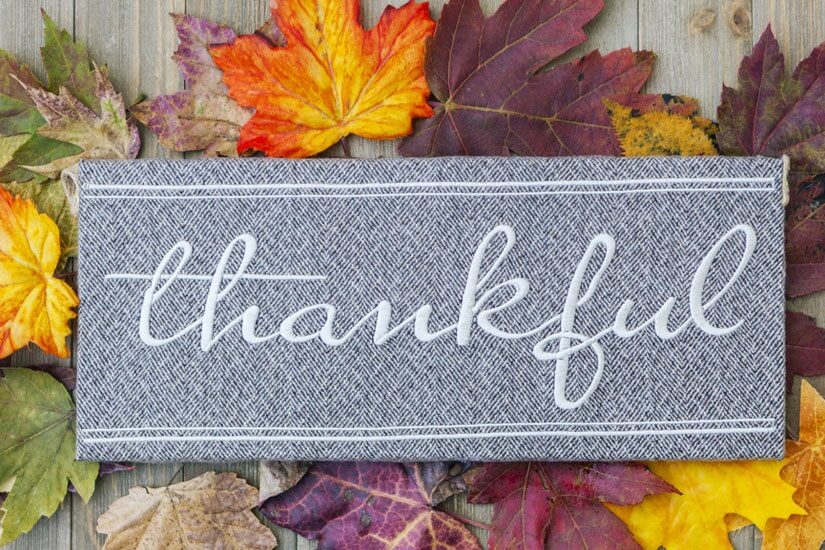E-Delivery for Retirement Plans is a Winner

If you’re reading this, you have the ability to receive information through electronic media. You may be reading this on your smartphone or tablet. Have you checked your bank account or retirement account online this week? How many “apps” have you used today?
According to the Pew Research Center, in 2019, 90% of U.S. adults use the internet. That includes 88% of adults ages 50-64 and 73% of adults over age 65. And more and more Americans are using electronic media for financial transactions. A Federal Reserve report found that 82% of smartphone users with a bank account used online banking.
So, it’s welcome news that the Department of Labor is proposing to modernize its 2002 rule regarding the use of electronic media to furnish retirement benefit plan documents to participants. After all, the federal government’s own Thrift Savings Plan, covering 5.5 million accounts, uses electronic delivery as the default method for quarterly statements, unless an individual requests mail delivery. And the Social Security Administration uses electronic media as its primary method for furnishing benefit statements.
The Department’s proposal – which is completely voluntary for plan administrators – is based on a “notice and access” structure. Benefit plan participants would be able to receive required plan disclosures via electronic media. Importantly, individuals who prefer to receive documents on paper will be able to request paper copies – or opt out of electronic delivery entirely.
The proposal requires plan administrators to send out a “Notice of Internet Availability” when a document is available on a plan’s website. In some cases, one notice can cover several documents. It includes consumer protections and safeguards to ensure that electronic addresses remain accurate, with special rules for employees who leave their jobs.
The Department’s effort makes sense. It expects the proposal to improve the effectiveness of disclosures – and significantly reduce the cost of furnishing them. In fact, the Department estimates the cost savings over 10 years to be $2.4 billion. That’s a win-win for plan sponsors and participants.





